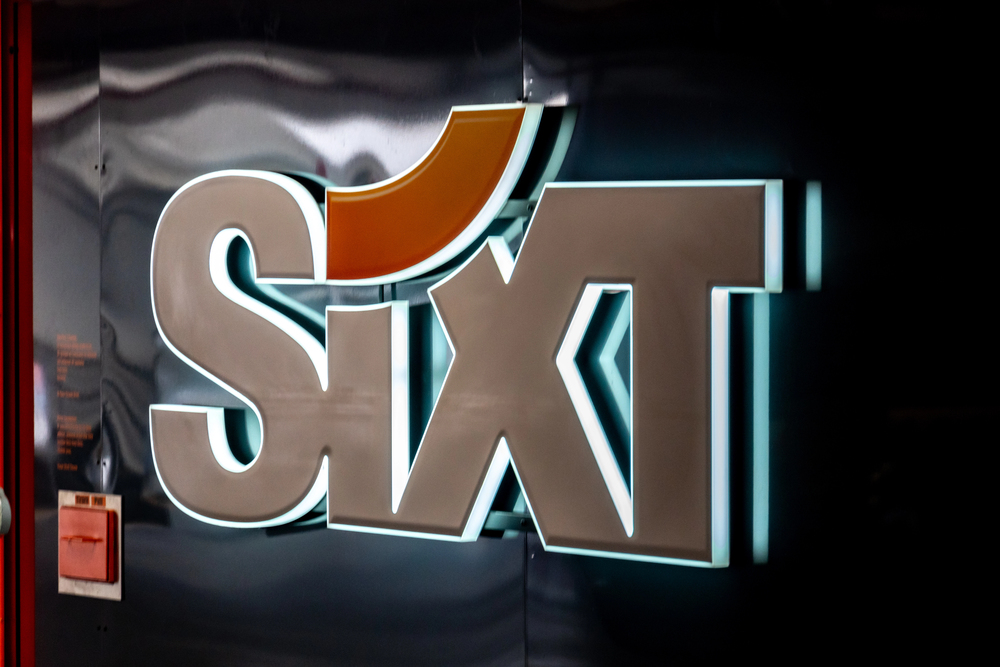Choosing the right storefront sign for your business is critical for attracting customers, reinforcing your brand identity, and ensuring visibility. Whether you run a small retail shop, a corporate office, or a large industrial complex, your storefront sign is often the first impression potential customers will have. In this guide, we’ll break down the different types of signage based on your industry and specific business needs, ensuring you make an informed decision that drives results.
Why Storefront Signage Matters
Storefront signage is more than just a way to display your business name. It serves multiple purposes:
- Brand visibility: A well-designed sign helps your business stand out, especially in crowded areas or shopping districts.
- Customer attraction: Bright, engaging signage draws in foot traffic and gives passersby a reason to stop.
- Professionalism: Quality signage signals to customers that you care about your business, which builds trust.
Choosing the Right Sign for Your Industry
Every industry has unique signage needs. Below, we explore the most effective types of storefront signage for various business sectors.
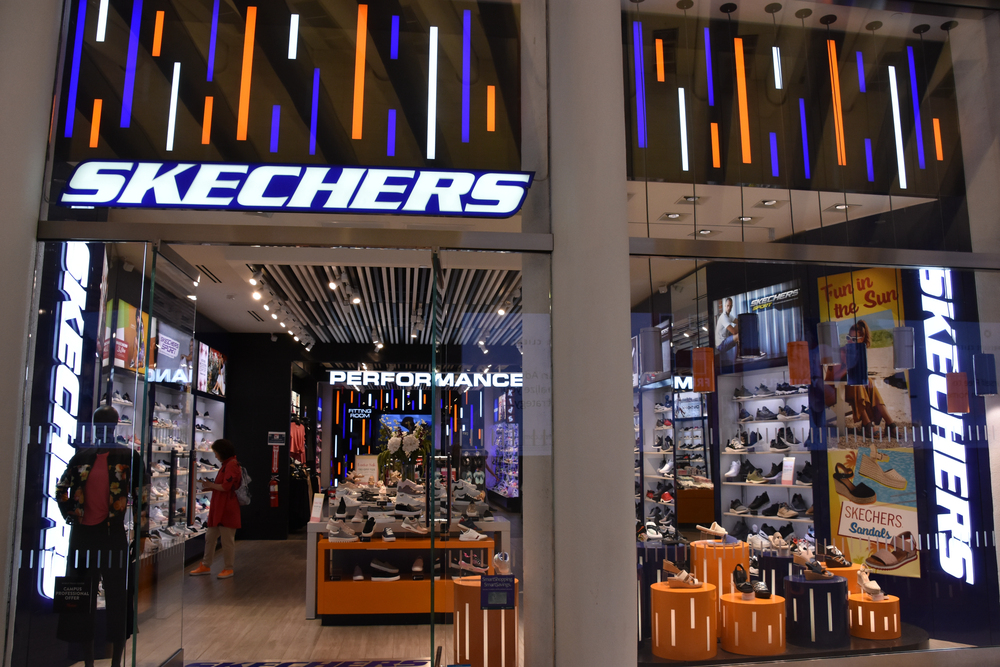
Retail Stores
Retail businesses need bold, eye-catching signage to attract customers and convey the store’s brand identity.
- Recommended Signs:
- Channel Letter Signs: These three-dimensional signs are perfect for retail businesses that want to stand out during both day and night. They offer various lighting options, like front-lit, backlit, or halo-lit designs.
- Pylon Signs: Ideal for shopping centers or businesses near highways. They ensure visibility from a distance.
- Digital Signage: Perfect for updating sales, promotions, and new arrivals dynamically.
Internal link: For more on channel letter signs, visit our Channel Letters page.
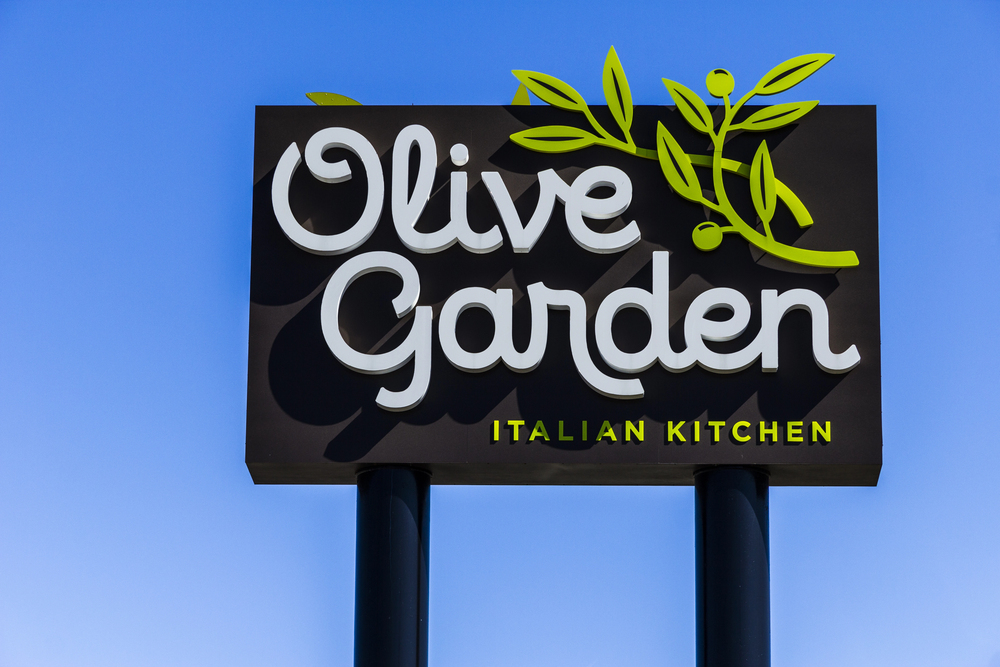
Restaurants
Restaurants benefit from signage that is not only attractive but also functional, offering details like specials, menus, or ambiance-related design elements.
- Recommended Signs:
- Digital Menu Boards: These allow restaurants to easily update daily specials or menu items. Digital signs are also interactive, engaging customers in a modern way.
- Neon Signs: A popular choice for cafes or bars, neon signs provide a retro, vibrant look that helps set the mood and enhance the restaurant’s theme.
- Awning Signs: These functional signs double as shade providers while displaying your business name and logo.
Internal link: Learn how digital signage can transform your restaurant by reading our article on digital menu boards.
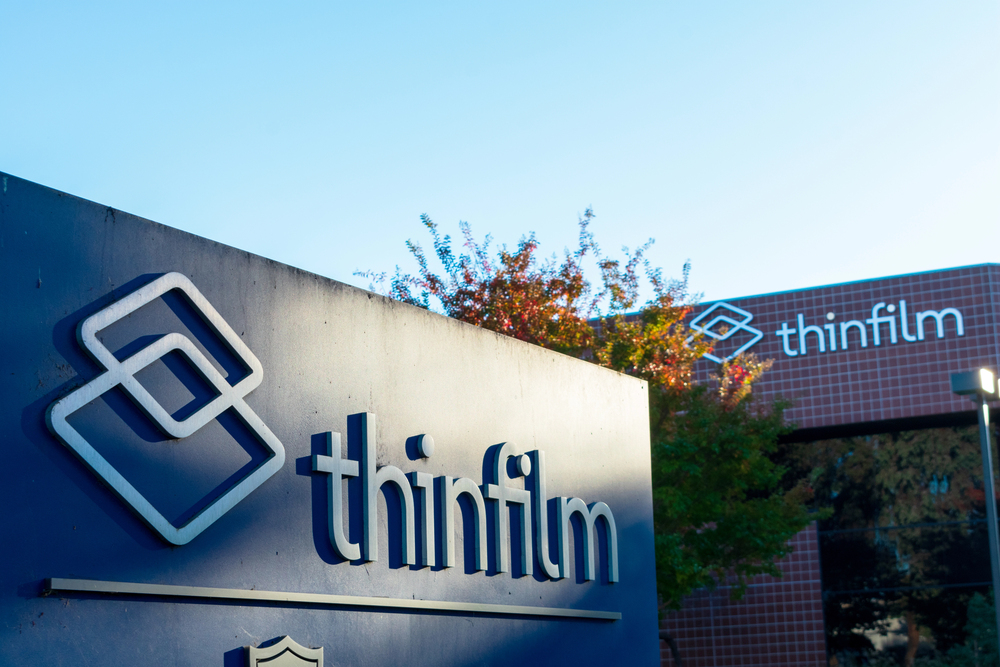
Corporate Offices
Corporate environments benefit from signage that conveys professionalism and trustworthiness.
- Recommended Signs:
- Monument Signs: These signs are often placed at entrances and give a sense of permanence and professionalism.
- Lobby Signs: Once inside the building, a well-placed lobby sign can immediately reinforce your brand identity.
- Wayfinding Signs: To ensure a smooth experience for visitors, well-placed directional signs are crucial.
Internal link: Interested in professional signage for your corporate office? Check out our Monument Signs page for more information.
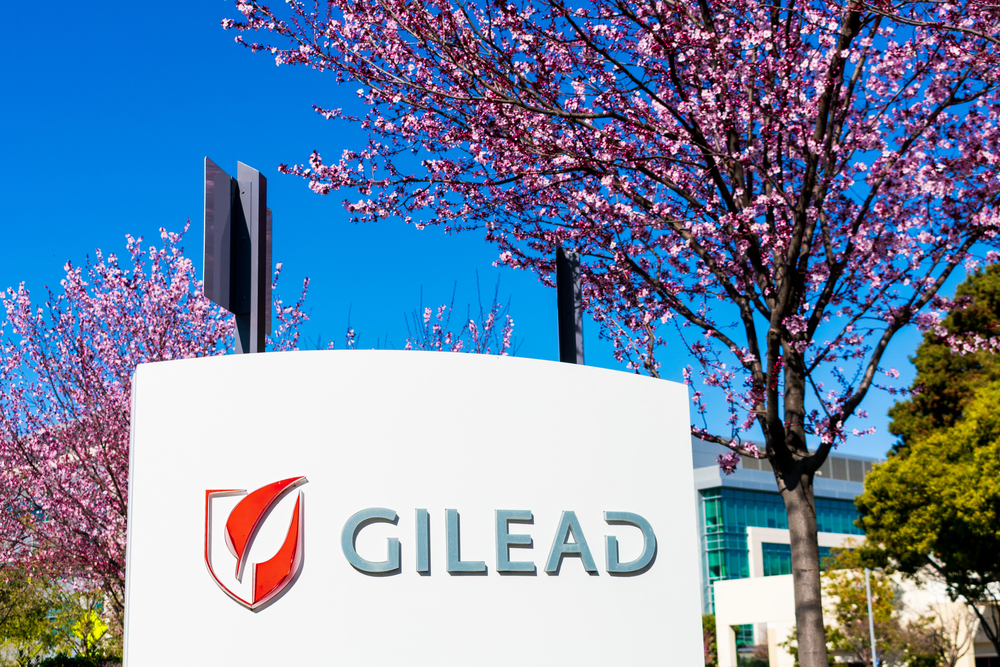
Healthcare Facilities
In healthcare, clear and accessible signage is critical for guiding patients and ensuring compliance with ADA (Americans with Disabilities Act) regulations.
- Recommended Signs:
- ADA-Compliant Signs: Every healthcare facility must have signs that are readable, visible, and compliant with ADA guidelines, ensuring they are accessible to everyone, including those with disabilities.
- Wayfinding Signs: In large hospitals or clinics, wayfinding signs are essential for guiding patients to different departments without confusion.
- Digital Directory Signs: These signs can display real-time updates about departments, doctor availability, or emergency messages.
Internal link: Learn more about ADA-compliant signage on our Sign Types page.
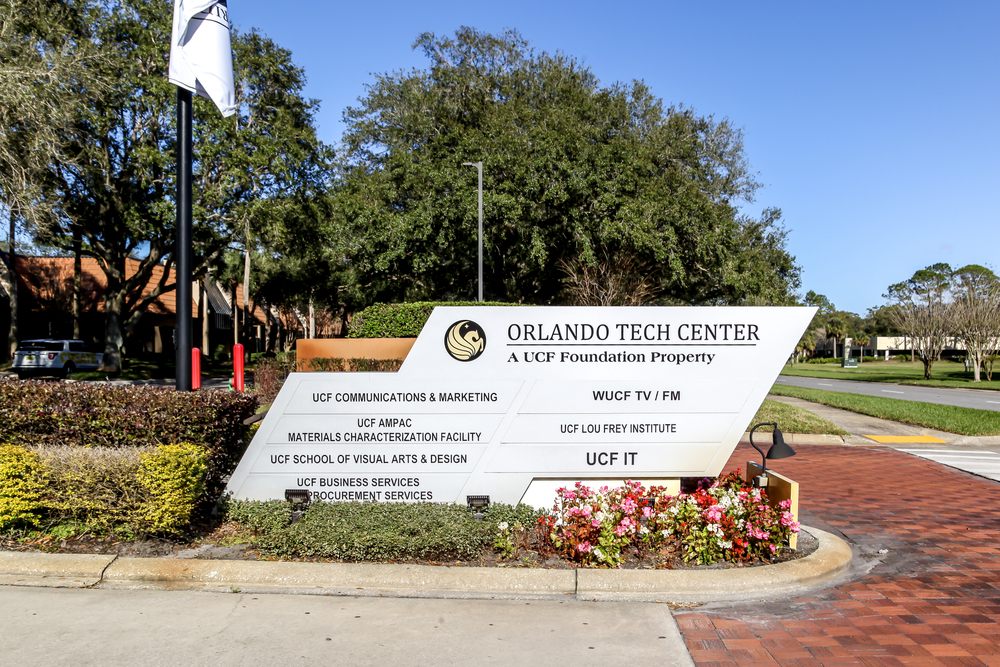
Industrial Complexes
In industrial spaces, safety and durability are priorities when selecting signage.
- Recommended Signs:
- Safety Signs: OSHA-compliant signs for hazards, safety instructions, and directional information ensure that the facility meets safety regulations.
- Dimensional Letter Signs: For clear, large-scale visibility across warehouse floors.
- Digital Signs: These can be used to display critical safety or operational information in real-time, ensuring efficient communication across the facility.
Internal link: Visit our Electric Message Centers page to see how digital signage can benefit industrial environments.
Key Considerations When Choosing Sign Materials
Choosing the right materials for your sign is crucial for longevity, durability, and appearance. Common materials include:
- Acrylic: Lightweight and versatile, ideal for illuminated signs.
- Aluminum: A durable, weather-resistant option commonly used for outdoor signs.
- PVC: Cost-effective and durable for indoor signs.
For more on sign materials, explore our Cast Metal Plaques & Letters page.
Comparison Table: Storefront Signage Options by Industry
Industry |
Signage Types |
Key Features |
Purpose |
|---|---|---|---|
Retail |
Channel Letters, Pylon Signs, Digital Signs | Eye-catching, illuminated, flexible messaging | Attract foot traffic, promote sales, build brand identity |
Restaurants |
Neon Signs, Awning Signs, Digital Menu Boards | Ambiance-enhancing, easily updatable, functional | Draw customers, convey atmosphere, display daily specials |
Corporate Offices |
Monument Signs, Lobby Signs, Wayfinding | Professional, branded, informative | Reinforce brand, guide visitors |
Healthcare Facilities |
ADA-Compliant Signs, Wayfinding Signs | Accessible, clear, legally compliant | Ensure patient safety, reduce confusion |
Industrial Complexes |
Safety Signs, Dimensional Letters, Digital Signs | Durable, safety-focused, real-time updates | Ensure safety, provide operational updates |
Designing Effective Storefront Signs
Design plays a major role in the success of your sign. Consider the following factors:
- Color: Use colors that resonate with your brand. Bold, contrasting colors make your sign visible from a distance.
- Typography: Ensure fonts are readable from far away, avoiding overly intricate designs that may be difficult to decipher.
- Size and Placement: Your sign should be proportionate to your storefront and placed in a way that maximizes visibility.
For more detailed guidance on designing effective signage, check out our Ultimate Guide to Channel Letter Signs.
Conclusion
Choosing the right storefront sign for your business depends on your industry, customer needs, and brand goals. Whether you’re looking for an illuminated sign to catch attention or a sleek, professional monument sign to enhance corporate visibility, the right signage will significantly impact your business’s success.
For expert advice and custom signage solutions, contact Tupp Signs today. We provide tailored signage solutions to businesses across multiple industries.


